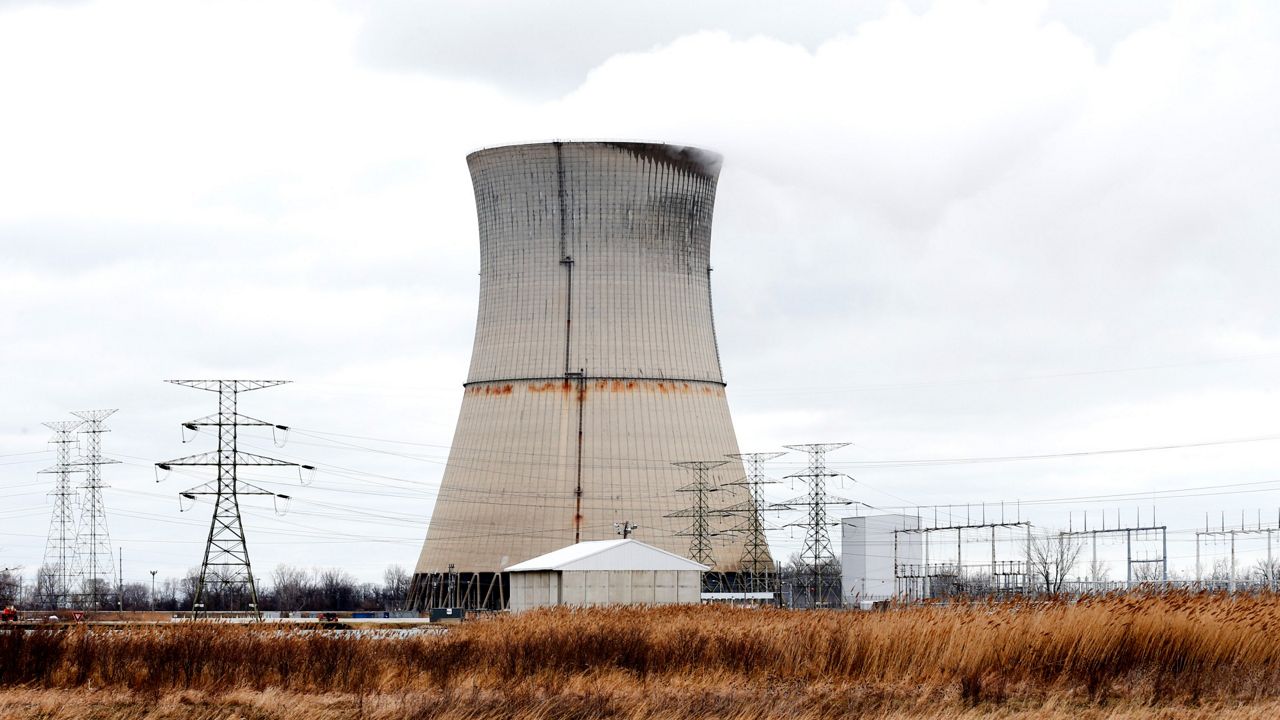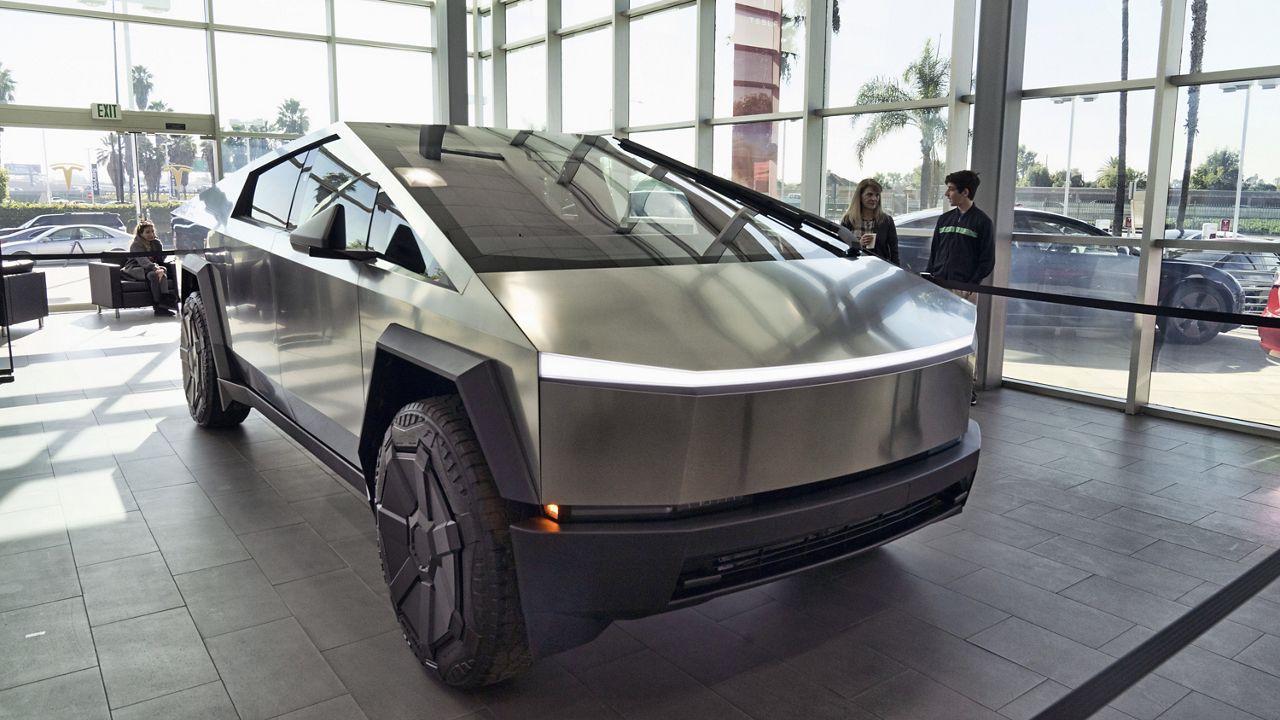As the country’s top technology companies embrace nuclear energy to power their data centers, the U.S. Department of Energy opened up applications for $900 million in grants to help deploy next-generation reactors.
Partially funded through the Bipartisan Infrastructure Law, the money will be used to help companies and utilities build so-called Generation III nuclear plants that are modular and incorporate enhanced safety measures.
“Revitalizing America’s nuclear sector is key to adding more carbon-free energy to the grid and meeting the needs of our growing economy — from AI and data centers to manufacturing and healthcare,” U.S. Secretary of Energy Jennifer M. Granholm said in a statement.
The Energy Department estimates the country will need an extra 700 to 900 gigawatts of zero-emissions energy to meet the Biden-Harris administration’s goal of net-zero emissions by 2050. Last year, nuclear power provided almost half of the nation’s carbon-free electricity, according to the DOE.
Nuclear power is an increasingly attractive power source because it produces no carbon emissions, generates electricity around the clock an can be scaled up to produce large amounts of renewable energy more efficiently than wind or solar. Over the past month, Microsoft, Google and Amazon have all announced deals with various nuclear energy companies to power their data centers.
A cornerstone of the Biden-Harris administration’s climate policy, which has set a goal of 100% clean electricity generation by 2035, nuclear is experiencing a renaissance of sorts. This year alone, the DOE has offered a $1.5 billion loan to restart a nuclear power plant in Michigan. It’s also helping to fund the restart of a reactor at Three Mile Island in Pennsylvania.
In 2023, 41 nuclear reactors permanently shut down in the United States — the largest number worldwide, according to the World Nuclear Assn. Falling natural gas prices are largely the reason. But another 54 nuclear power plants are currently operating in 28 states in the U.S.
The $900 million in DOE grants will go toward a new type of small, modular nuclear reactors that are versatile and can be deployed in both remote and urban settings. Because they are modular, they can be scaled up from use as a local power source to meet larger demands.
The grants will be available to utilities, reactor technology vendors and engineering, procurement and construction companies.
Electricity demand is expected to increase 1.4% annually through 2032, according to Morningstar, which expects carbon-free energy produced from wind solar, nuclear and hydro power to make up 66% of the U.S. electricity supply by 2032.












